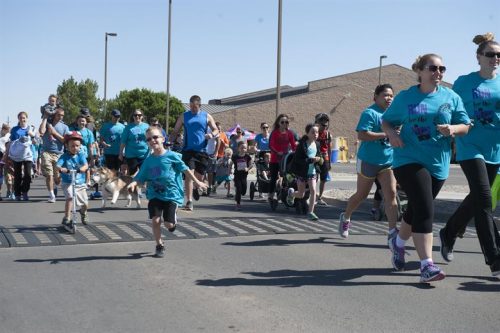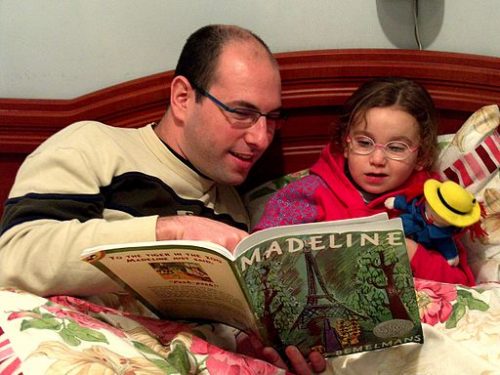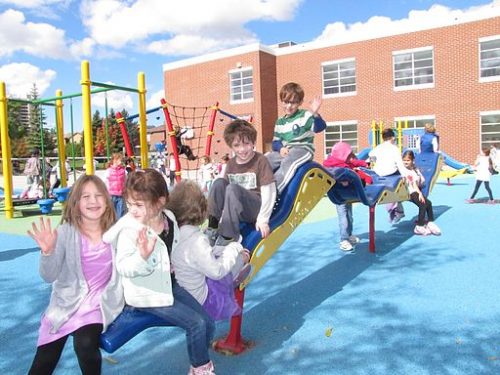Often, we leave the children to form their friendships with their playmates. However, for children with ADHD, that task can be quite tricky. As parents, it is our responsibility to help our children make new friends and maintain those bonds. Here are some tips and tricks to teach our children about friendship building.

Develop Their Social Skills
One of the most critical skills that your child should develop is their social skills. Often, children with ADHD are unaware of how other children perceive them. Hence, they are more likely to commit social blunders than other children. For this reason, it is essential to discuss these social blunders with your children. “For the partner on the spectrum, confusion about doing or saying the right thing, coupled with an inability to grasp the unwritten rules of social engagement, can cause great anxiety, frustration, and often depression. The world is processed cognitively, with logical thought patterns.” Sarah Swenson, MA, LMHC elaborates.
But, how can you be sure your child is committing to the improvement of social skills? Experts recommend using a fun reward system. For every week, assign your child to one or two social skills that you would like to work on. If your child shows an appropriate behavior on that social skill, then your child will get the point or an incentive.
However, it is essential to explain the point of this exercise after getting every reward. After all, you don’t want your child to think they someone owes them a reward after doing a good deed.
Teach Cooperation And Listening
“The very nature of ADHD implies that the child will have difficulty with self-control, paying attention, listening to instructions at home and school, and following directions.” Kara Tamanini, M.S., LMHC explains. Therefore, cooperation and listening are keys to a good friendship. For this reason, you should teach your child the importance of these concepts. Here are some interesting exercises for you to try.
This cooperation game involves a piece of rope. Tie one end around your ankle. The other end of the rope will be tied to your child’s. The objective of this game is to walk around the room without tripping. This exercise will remind your child of the importance of cooperation as you two won’t walk properly without participation.

This listening game involves narrating a story. You begin the story with a simple sentence. Then, your child will continue the story by providing the next sentence. This exercise will teach your child to be more attentive and contribute relevant information.
Have A Practiced Conversation
Your child may not know what to say to their peers, so it won’t hurt to do a bit of rehearsal. Have a practice conversation with your child using some typical scenarios. In this exercise, provide your child with a context. Then, guide your child on how they will react or behave in this scenario.
Supervise Your Child
According to Christina Devereaux Ph.D, BC-DMT “The lack of social reciprocity from children with autism as well as their behavioral disturbances and language deficits, tends to make this disorder difficult and stressful for parents in a manner that is different from other developmental disorders.” As a parent, you must always supervise your child. When your child is playing or talking with other children, observe them. Take note of the behaviors that are appropriate and those that are a turn-off to other children. Then, when you get at home, discuss these behaviors with your child. Make sure to encourage good behaviors and not just discourage the bad.

When supervising your child, you should be prepared to break off fights or stop your child from doing something dangerous. Sometimes, kids do ‘cool’ stuff in front of other children without realizing that it may harm themselves and others. In the event of this scenario, talk to your child about this and discuss why it’s bad.
